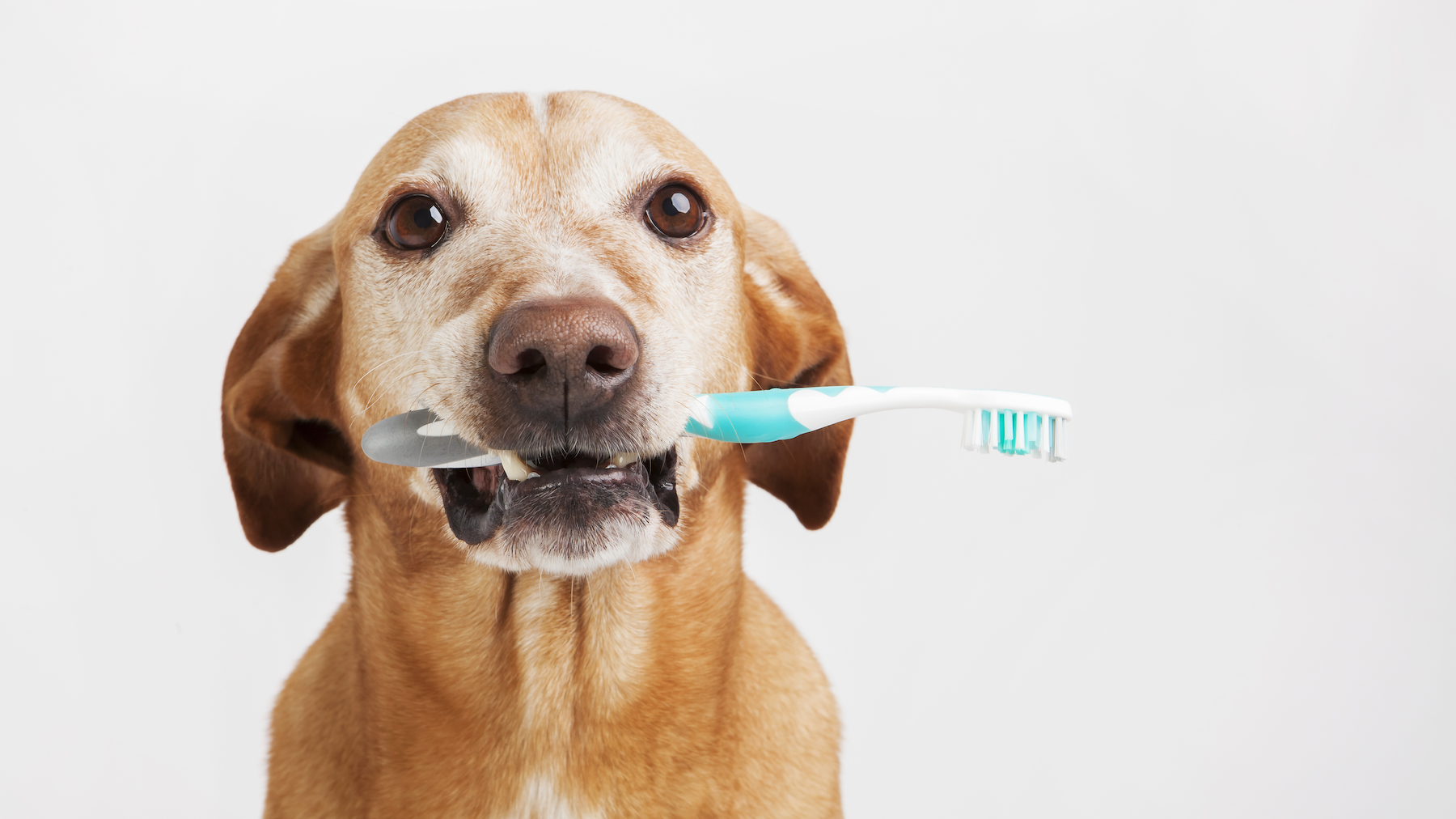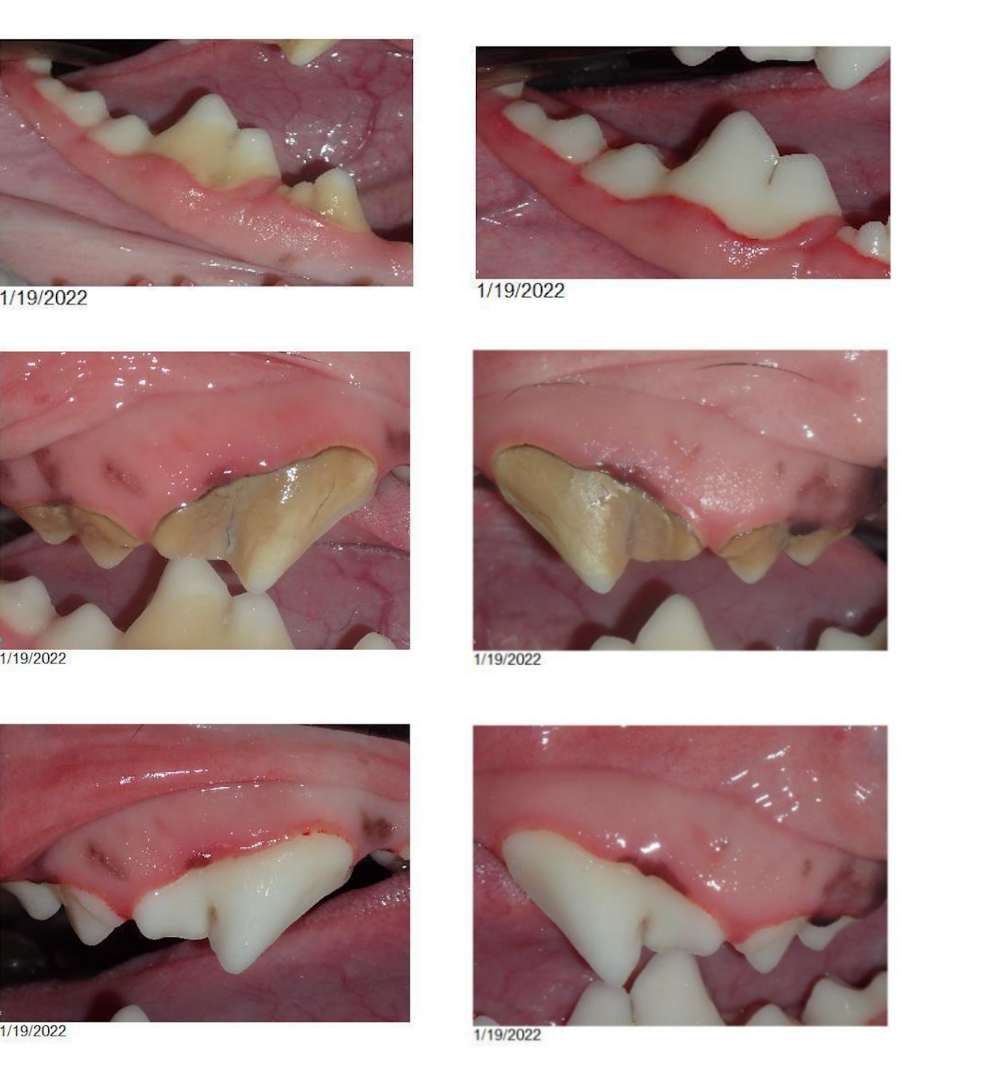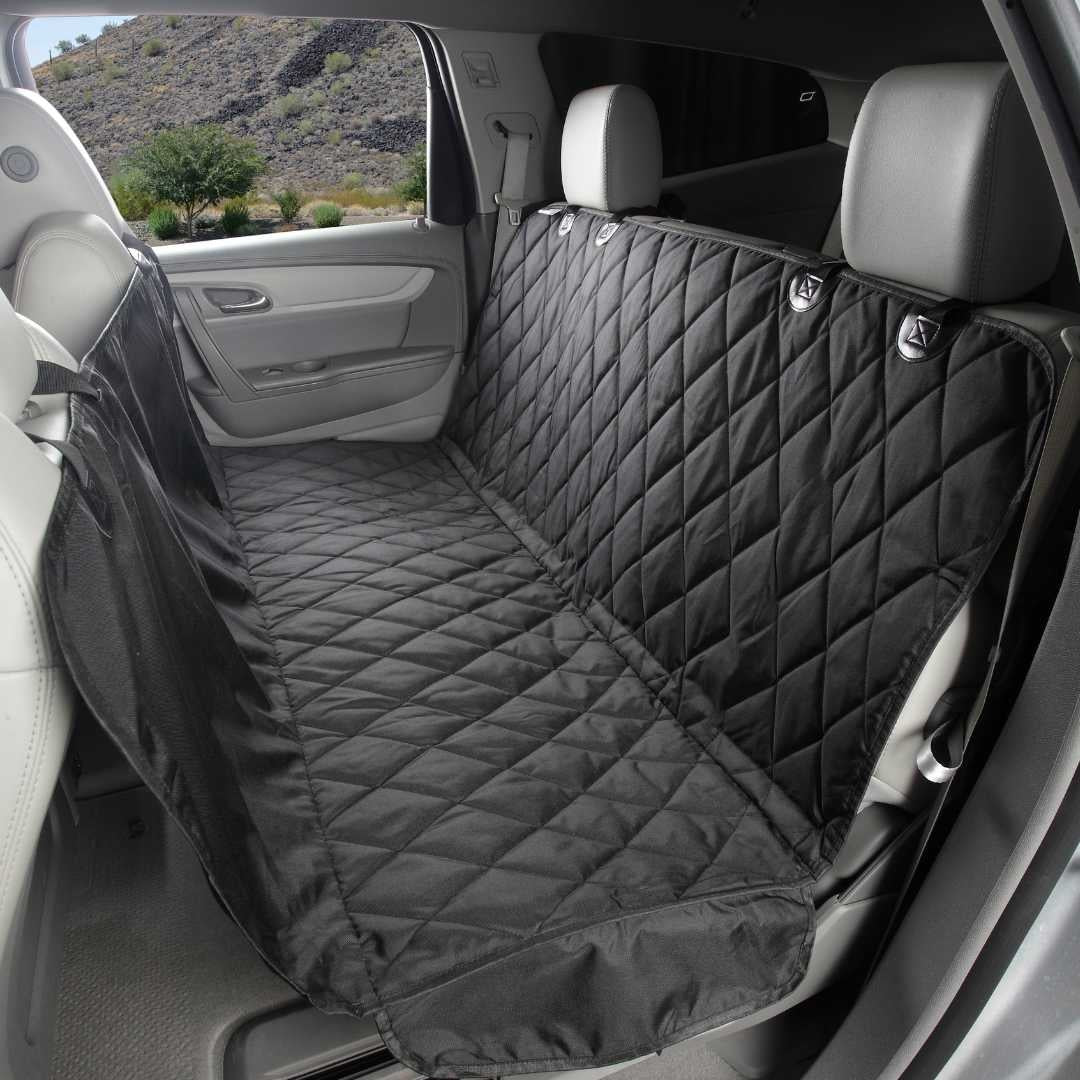9 Facts You Need To Know About Canine Dental Health
4Knines Staff • 2/10/22
Does your dog’s breath keep you from having quality snuggle time? If your dog hasn’t had a teeth cleaning in a while (or ever), keep reading. Dog owners often overlook the early warning signs of dental disease because they think ‘stinky dog breath’ is just something dogs inherently have. Dental problems can cause, or be caused by, other health problems so be sure to have your vet do a thorough checkup at least once a year.
Here are 9 facts you need to know about protecting your dog’s teefies so you can be the best advocate possible for your dog’s health.
1. Dental disease begins early in life. The American Animal Hospital Association (AAHA) says that by the age of three, most dogs have some degree of dental disease. The early signs of dental disease in pets include bad breath, yellow tartar buildup on the teeth, and red and swollen gums.
2. Regularly brushing your dog’s teeth is an excellent way to prevent plaque buildup. You can ask your veterinarian about what toothpastes and brushes are best. Never use human toothpaste, which can contain ingredients like xylitol that are toxic to animals.
3. Daily chewing activities can also be effective in maintaining oral health. Chewing is the natural way for dogs to clean their teeth as the act of gnawing scrapes plaque off of teeth.
4. Advanced dental disease can cause serious problems. According to the American Veterinary Medical Association (AVMA), early detection and treatment are critical, because advanced periodontal disease can cause severe problems and pain for your pet, including kidney, liver, and heart muscle changes.
5. Your pet’s teeth need to be checked sooner if you observe any of the following problems:
- Bad breath
- Broken or loose teeth
- Extra teeth or retained baby teeth
- Teeth that are discolored or covered in tartar
- Abnormal chewing, drooling, or dropping food from the mouth
- Reduced appetite or refusal to eat
- Pain in or around the mouth
- Bleeding from the mouth
- Swelling in the areas surrounding the mouth
6. Most dental disease occurs below the gumline, where you can’t see it. Your vet may require X-rays before the cleaning.
7. It starts with plaque that hardens into tartar. Doggy dental cleaning includes scaling (to remove dental plaque and tartar) and polishing, which is much like what us humans experience at our teeth cleanings.
8. Anesthesia is safe. AAHA states that before anesthesia, your dog will be carefully screened with bloodwork and other tests to ensure they are free from underlying disease. Without anesthesia, it’s impossible to obtain X-rays to see what lies beneath your pet’s gumline. It is also impossible to safely and effectively clean the teeth using those sharp instruments while the pet is awake.
9. The key is prevention. Regularly brush your dog’s teeth, use dental chews and treats, and get periodic dental cleanings by your veterinarian. It’s worth it in the long run!




